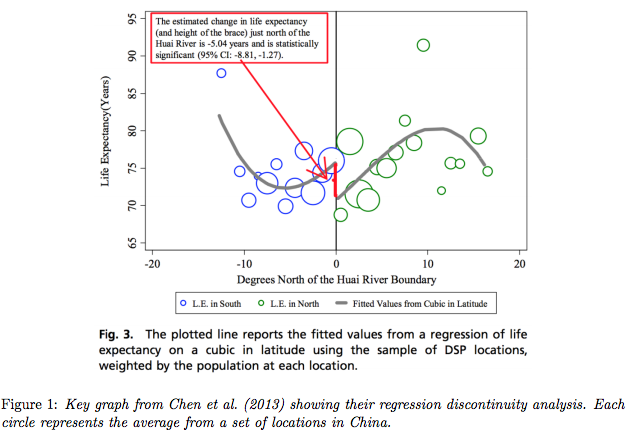What does MV = PY actually mean?
It means V is PY/M.
And that’s all it means. But the textbook description of MV=PY is sometimes a bit confusing, as it seems to say two conflicting things:
1. V is the velocity of circulation, the average number of times a dollar is spent per year
2. MV = PY is an identity. But this suggests V is defined as PY/M
So which is it? It turns out that when MV= PY was first created, V was probably something like #1, but today #2 is the accepted definition.
For example, some money is spent on things that are not a part of GDP, such as used goods, or intermediate goods. So could we fix the definition by calling V the “average number of times a dollar is spent on final goods”? Unfortunately no, as there are some final goods for which money is not spent. Suppose that (on average) each dollar was spent 15 times per year on final goods transactions. And suppose there were a trillion dollars in money in circulation. Would NGDP be $15 trillion? No, as NGDP also includes things like implicit rent on owner-occupied housing, for which no money changes hands.
Similarly, saving once had a common sense meaning that was different from investment. Saving and investment (as defined in earlier eras) were not equal by definition. But then economists found it useful to define saving as the funds spent on investment. They became two sides of the same coin, like sales and purchases.
Now it’s not clear if these identities are useful. I think they are, as (for instance) it’s simpler to model NGDP if it equals M*V, than if it equals M*V*ff, where ff is a fudge factor to account for the fact that there are issues like owner-occupied housing.
Oddly, there is another version of the equation of exchange where the common sense definition is exactly right:
M = k*P*Y
Where k is both:
1. M/PY
2. The average share of gross domestic income held as cash balances (globally).
It’s unfortunate that most textbooks rely on the version of the equation of exchange where the common sense definition is not equal to the official definition.
Suppose the government suddenly redefined cars as a capital good (they are currently considered consumer goods.) Gross investment would immediately soar much higher (although net investment, which really matters, wouldn’t change all that much.)
So would saving still be equal to investment? Yes, because at the same moment gross saving would also soar in value, as funds spent on cars would now get included into saving.
Many commenters on confused on that point. They talk about Americans “spending” lots of money on housing during the housing boom, instead of “saving” the money. But according to the official definition, spending on new housing is saving. Perhaps spending on cars should also be viewed as gross saving.
Even better, why not stop obsessing over the C+I+G+NX = GDP relationship, and just focus on NGDP. The line between C and I is quite arbitrary, and not all that important for issues like the business cycle. It’s NGDP that matters.
At one time Keynesians thought saving was really important for the business cycle, but in the New Keynesian era we all realized that it wasn’t, what mattered was monetary policy. No more paradox of thrift. Unfortunately some have forgotten that lesson, others have wrongly assumed that everything is different at the zero bound. It isn’t.
PS. This is inspired by a recent post by David Glasner. This paragraph is worth commenting on:
OK, savings are the funds used for investment. Does that mean that savings and investment are identical? Savings are funds accruing (unconsumed income measured in dollars per unit time); investments are real physical assets produced per unit time, so they obviously are not identical physical entities. So it is not self-evident – at least not to me “” how the funds for investment can be said to be identical to investment itself.
The “S” and “I” that are used in national income accounting are both measured in dollar terms. It’s not the number of houses built that matter, but the dollar value of expenditure on those houses. So there is no “apple and oranges” comparison problem here. Both saving and investment can be measured in either real or nominal terms. In either case they will always be exactly identical, because they are defined as being identical. However, just as with MV=PY, I can imagine definitions of saving where S=I is not an identity.


